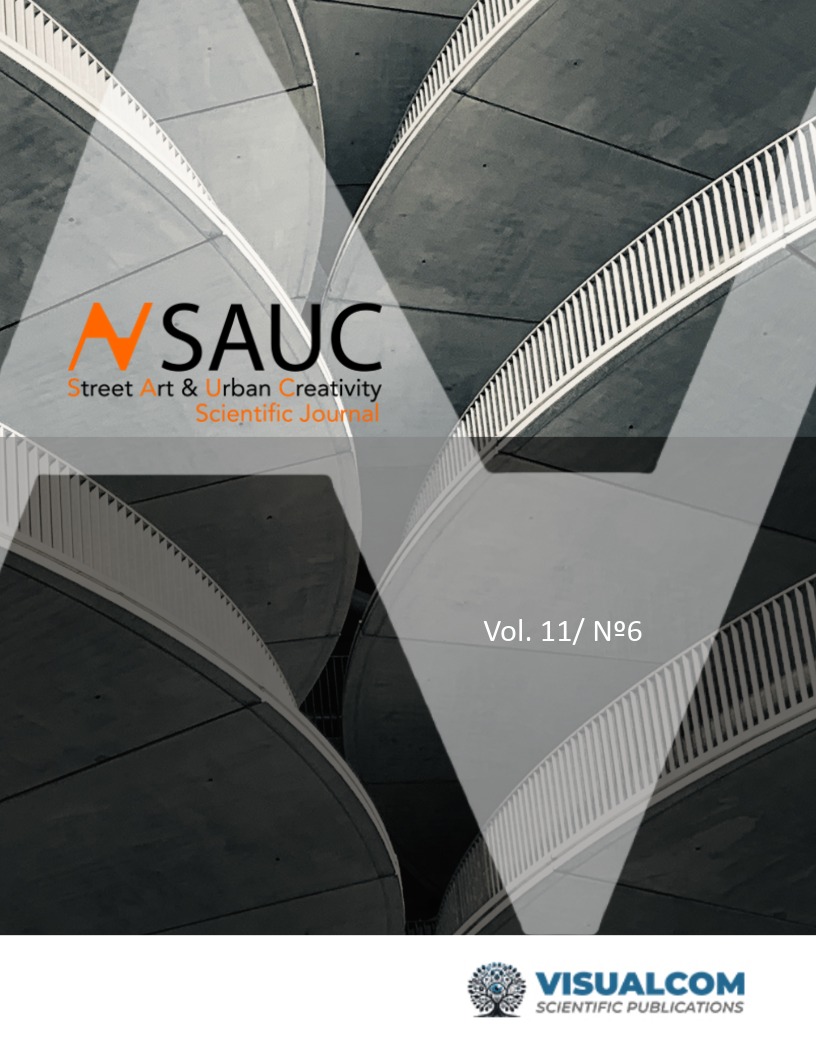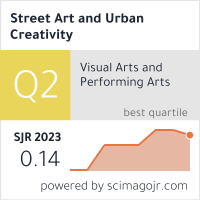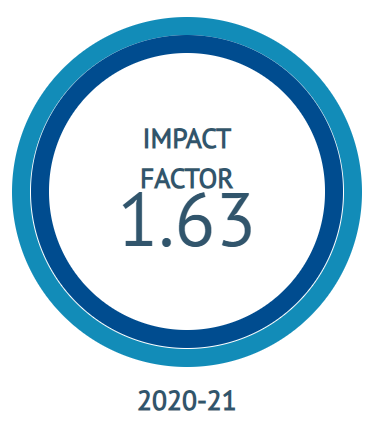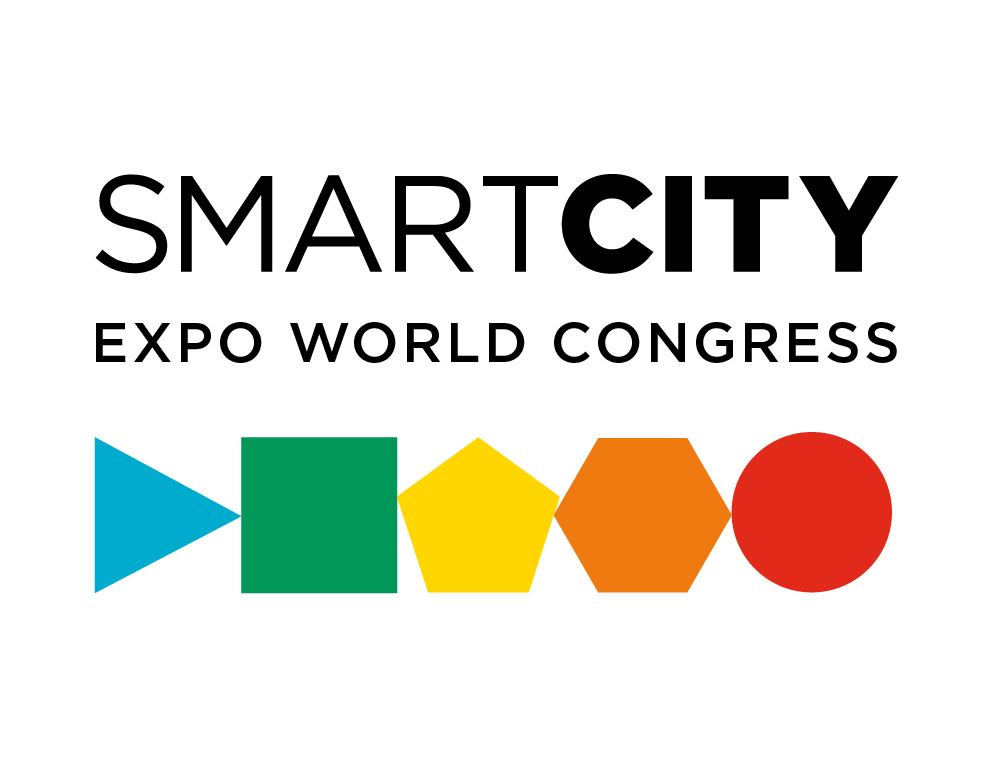Ciudades Pospandemia
Storytelling in an architecture podcast
DOI:
https://doi.org/10.62161/sauc.v11.5841Keywords:
Communication, Cities, Stories, Media, Architecture, Emotions, PodcastAbstract
This transdisciplinary article analyses the podcast Ciudades Pospandemia with the aim of exploring the storytelling as a resource used to connect emotionally with the audience and to transmit information about the transformations that cities are experiencing today. Methodologically, this qualitative study is based on Critical Discourse Analysis. The structure and elements that make up the storytelling, in the selected episodes, were identified as well as the discursive strategies used. Results suggest the existence of its own subgenre to describe urban development and the importance of the city in our society from a new perspective based on the construction of emotion. This work aims to open new prospects to future studies about the close relationship between architecture, urbanism and emotions in podcast.
Downloads
Global Statistics ℹ️
|
224
Views
|
124
Downloads
|
|
348
Total
|
|
References
Alba-Juez, L. & Lachlan Mackenzie, J. (Eds.). (2019). Emotion in Discourse. John Benjamin Publishing Company.
Alonso, I., Molina, S. & Porto, M. D. (2015). Multimodal digital storytelling: integrating information, emotion and social cognition. Review of Cognitive Linguistics, 11(2), 147-164. http://dx.doi.org/10.1075/bct.78.10alo DOI: https://doi.org/10.1075/bct.78.10alo
Alda Quintana, M. V. de (2020). Pensar, dibujar, comunicar: expresión y conocimiento arquitectónico. [Trabajo Fin de Grado]. Universidad Politécnica de Madrid. https://oa.upm.es/65658/
Amendola, R., Battistoni, M., Sorignani, C. (2023). Architecture beyond images, The storytelling in the collages of Fala Atelier. En D. Villa, D. & F. Zuccoli (Eds.), Proceedings of the 3rd International and Interdisciplinary Conference on Image and Imagination. Lecture Notes in Networks and Systems (Vol. 631). Springer. DOI: https://doi.org/10.1007/978-3-031-25906-7_113
Atarama Rojas, T., Castañeda Purizaga, L. & Ojeda Benites, A. (2018). El storytelling y la condensacion de historias en el mundo publicitario. RIHUMSO, 7 (13), 1-19. DOI: https://doi.org/10.54789/rihumso.18.7.13.1
Austen Douglas, A. (2019). 928 Maya Angelou Quotes. UB Tech.
Balaguer Germán, E. (2022). Arquitectura y comunicación: espacios narrativos. [Trabajo Fin de Grado] Universidad Politécnica de Madrid. https://oa.upm.es/70208/
Brandt, S. (2011). El sonido en medio. En D. L. Arenas & U. Fogué (Eds.), Planos de (Inter)sección: materiales para un diálogo entre filosofía y arquitectura, (pp.298-309). Lampreave.
Baratto, R. (2023, mayo 15). El poder de las emociones: ¿cómo nos mueve el espacio? ArchDaily. https://www.archdaily.cl/cl/1000925/el-poder-de-las-emociones-como-nos-mueve-el-espacio
Bêka, I. & Lemoine, L. (2023). The Emotional Power of Space. Bêka & Partners.
Bruner, J. (2006). Actos de significado: más allá de la revolución cognitiva. Alianza Editorial.
D'Adamo, O. J. & García Beaudoux, V. (2012). Storytelling. El relato político. Más poder local,9, 32-33.
Díez Oronoz, I. (2016). Storytelling: transformar datos en historias. [Tesis de Máster] Universidad del País Vasco. https://addi.ehu.es/handle/10810/19297
Emmons, P., Feuerstein, M.F. & Dayer, C. (2017). Confabulations: Storytelling in Architecture. Routledge. DOI: https://doi.org/10.4324/9781315573359
Entrialgo, D. (1 de marzo de 2022). Cuando el podcast suena, ¿dinero lleva? FORBES. https://forbes.es/podcast/140880/cuando-el-podcast-suena-dinero-lleva/
Fabella, K. (23 de marzo de 2018). ¿Qué es el Storytelling? VILMA. https://vilmanunez.com/que-es-storytelling/
Fernández Pérez, B. (2021). Cuerpo y espacio: sensibilidad y emoción en el diseño arquitectónico. [Trabajo Fin de Grado] Universidad Politécnica de Madrid. https://oa.upm.es/66236/
Fuentes Farías, F. J. (2022). Empatía y arquitectura: una propuesta fenomenológica: Hacia una teoría enactivista del diseño urbano arquitectónico. REVISTARQUIS, 11(2),149–164. https://doi.org/10.15517/ra.v11i2.48075 DOI: https://doi.org/10.15517/ra.v11i2.48075
Galar Gimeno, J.L. (2021). El storytelling como técnica capaz de contribuir al aprendizaje a través del aumento del recuerdo inmediato y de la comprensión de las materias en alumnos universitarios. [Tesis Doctoral] Universidad de Zaragoza. https://zaguan.unizar.es/record/106302?ln=es#
Getchell, L.E., Reich, M., Allu, S., Woods, C., Atkinson, T., Beaucage, M., Stalker, L., Sparkes, D., Turner, C., L’Esperance, A., Burns, K., Elliot, M., J., Chiu, H., Rosenblum, N. D., & Sapir-Pichhadze (2023). Storytelling for impact: the creation of a storytelling program for patient partners in research. Res Involv Engagem 9, 57. https://doi.org/10.1186/s40900-023-00471-0 DOI: https://doi.org/10.1186/s40900-023-00471-0
Gil-Fournier, M. (abril, 2021). Una línea afectiva. Mauro Gil-Fournier. (Nº11) [Episodio de Pódcast]. En Ciudades Pospandemia. Spotify.
Goeritz, M. (1953). Manifiesto de Arquitectura Emocional, 1953. Museo Experimental el Eco. https://eleco.unam.mx/manifiesto-de-la-arquitectura-emocional-1953/
Guzmán, K. (Anfitrión) (2020-2022). Ciudades Pospandemia [Pódcast]. Spotify. https://open.spotify.com/show/77WjScmYpg1WKt0ANuPZgt
Huete, J. (2019) Norman Foster Foundation: la capacidad de la arquitectura y el diseño para adelantarse al futuro. INNOVASPAIN. https://www.innovaspain.com/anuario2019/norman-foster-foundation/
Kepczynska-Walczak, A., & Walczak, B. (2021). Visual Storytelling as a Communication Method in Architectural Design Domain. En D. Di Mascio (Ed.), Envisioning Architectural Narratives (pp.322-332). University of Huddersfield. http://dx.doi.org/10.34696/xc3n-d030
Koolhaas, R. (1978). Delirious New York. Oxford University Press.
Lämsä, A. & Sintonen, T. (2006). A Narrative Approach for Organizational Learning in a Diverse Organisation. Journal of Workplace Learning, 18 (2), 106-120. DOI: https://doi.org/10.1108/13665620610647818
Lus Arana, L. (2019). Ficciones. De la arquitectura narrativa y las narraciones arquitectónicas al arquitecto como contador de historias. Proyecto, Progreso, Arquitectura, (20), 48-67. https://doi.org/10.12795/ppa.2019.i20.03 DOI: https://doi.org/10.12795/ppa.2019.i20.03
Lupton, E. (2017). Design is storytelling. Cooper Hewitt, Smithsonian Design Museum.
Maluenda, I. & Encabo, E. (Anfitriones) (2022). Después de todo, la ciudad. [Podcast]. Spotify. https://open.spotify.com/show/02slQew5Xb4qUm51MEnhjL
Mariottini, L. (2021). Argumentación y persuasión en los anuncios comerciales audiovisuales post-confinamiento el «storytelling». Oralia: Análisis del discurso oral, 24 (2), 293-320. DOI: https://doi.org/10.25115/oralia.v24i2.7118
Navarrete, S. (2020). Diseño basado en la evidencia emocional. Cuando lo subjetivo es lo que realmente importa. Cuadernos del Centro de Estudios de Diseño y Comunicación, (94). https://doi.org/10.18682/cdc.vi94.3896 DOI: https://doi.org/10.18682/cdc.vi94.3896
Núñez, A. (2007). Será mejor que lo cuentes. Los relatos como herramientas de comunicación Storytelling. Barcelona: Empresa Activa.
Pollara, M. (2022). «Folk» Home-Lore: Storytelling and the Architecture of the Home. [Tesis de Máster] Universidad de Nebraska. https://digitalcommons.unl.edu/marchthesis/36
Ponce Pascual, L. (2021). Storytelling. El uso de la narrativa para crear un universo de marca. [Trabajo fin de Grado] Universitat Jaume I. https://repositori.uji.es/xmlui/handle/10234/195204
Rodríguez Álvarez, A. (2014). El proceso es un cuento: el storytelling en la docencia del Derecho procesal. Reduca (Derecho). Serie Derecho Procesal, 5(1), 225-239.
Rubio Gutiérrez, H. (2020). Narrar la arquitectura y la ciudad. Tendencias teóricas y metodológicas, en la segunda mitad del siglo XX. Contexto: Revista de la Facultad de Arquitectura Universidad Autónoma de Nuevo León, 14 (20), 15-29. https://doi.org/10.29105/contexto14.20-2 DOI: https://doi.org/10.29105/contexto14.20-2
Sánchez Blasco, L. (17 de mayo de 2013). Arquitectura es cosa de arte – Le Corbusier. Cosas de Arquitectos. Revista digital de arquitectura. https://www.cosasdearquitectos.com/2013/05/arquitectura-es-cosa-de-arte-le-corbusier/
Sánchez Fúnez, A. & Callejón Chinchilla, M.D. (2017). Emoción y sensación en arquitectura como base para el diseño arquitectónico. ASRI: Arte y sociedad. Revista de investigación en Artes y Humanidades Digitales, 13.
Saunders, W.S. (1997). Rem Koolhaas's Writing on Cities: Poetic Perception and Gnomic Fantasy. Journal of Architectural Education, 51(1), 61-71. https://doi.org/10.1080/10464883.1997.10734747 DOI: https://doi.org/10.1080/10464883.1997.10734747
Sayago, A. (Anfitrión) (2021). Arquitectura Sostenible [Podcast]. Spotify. https://open.spotify.com/show/5WZu9A9BJLR7kHvmgBuM0K
Seguí de la Riva, F. J. (2006). Arquitectura y narración. Text en actes de congrés, Universitat Politècnica de Catalunya. Escola Tècnica Superior d'Arquitectura del Vallès. http://hdl.handle.net/2099/2308
TED. (5 de febrero de 2016). Why great architecture should tell a story? Ole Scheeren [Video]. Youtube. https://www.youtube.com/watch?v=iQsnObyii4Q
Tonellato, L. (2019). Storytelling [in] Architecture: Approaching Relational Architecture. [Tesis]. Carleton University, Ottawa. https://repository.library.carleton.ca/concern/etds/2r36tz59b
Torrijos, P. (Anfitrión) (2021). Cómo suena un edificio [Podcast]. Spotify. https://open.spotify.com/show/1v7UiGrPs2rEBinNyn8lJf
Van Dijk, T. (2016). Estudios Críticos del Discurso: Un enfoque sociocognitivo. Discurso y Sociedad, 10(1), 137-162. http://localhost:8080/jspui/handle/123456789/230
Vázquez Saavedra, S. (2019). Estrategias gráficas de comunicación en la arquitectura. [Trabajo Fin de Grado]. Universidad Politécnica de Madrid. https://oa.upm.es/56218/
Vizcaíno, P. J. (2017). Del storytelling al storytelling publicitario: el papel de las marcas como contadoras de historias. [Tesis Doctoral]. Universidad Carlos III de Madrid.
Zabalbeascoa, A. (Anfitrión) (2021). La Gran D. [Podcast]. Spotify
Downloads
Published
How to Cite
Issue
Section
License
Copyright (c) 2025 Authors retain copyright and transfer to the journal the right of first publication and publishing rights

This work is licensed under a Creative Commons Attribution-NoDerivatives 4.0 International License.
Those authors who publish in this journal accept the following terms:
-
Authors retain copyright.
-
Authors transfer to the journal the right of first publication. The journal also owns the publishing rights.
-
All published contents are governed by an Attribution-NoDerivatives 4.0 International License.
Access the informative version and legal text of the license. By virtue of this, third parties are allowed to use what is published as long as they mention the authorship of the work and the first publication in this journal. If you transform the material, you may not distribute the modified work. -
Authors may make other independent and additional contractual arrangements for non-exclusive distribution of the version of the article published in this journal (e.g., inclusion in an institutional repository or publication in a book) as long as they clearly indicate that the work was first published in this journal.
- Authors are allowed and recommended to publish their work on the Internet (for example on institutional and personal websites), following the publication of, and referencing the journal, as this could lead to constructive exchanges and a more extensive and quick circulation of published works (see The Effect of Open Access).













